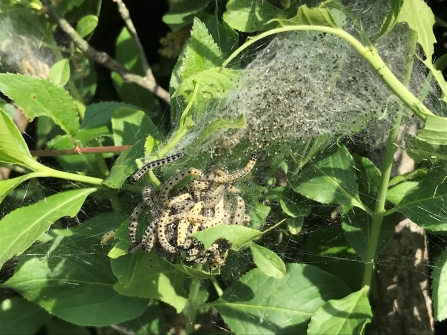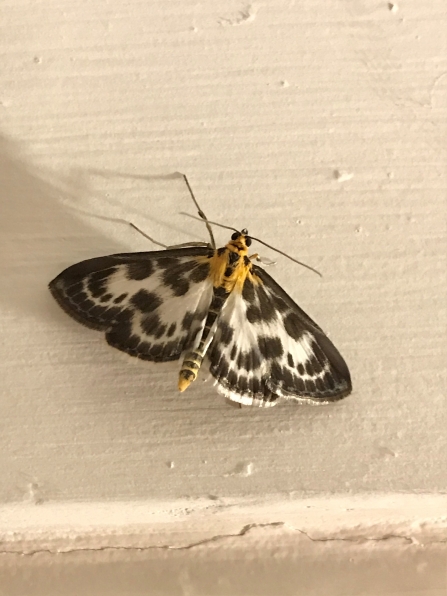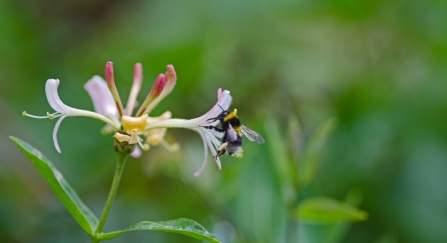We have around 2500 different species of moth in the UK but sadly they are in decline. Studies have shown that the overall abundance of larger moths in southern Britain fell by as much as 40% during the period from the 1960s to the early 2000s. As with many of our other insects they are suffering due to habitat destruction, fragmentation, and degradation, often as a result of urbanisation or agricultural intensification.
Click here to take #ActionForInsects and download your free guide to save these wonderful creatures.
Identifying moths, or any species for that matter, has never been easier. There are so many free apps and online field guides to help you in your new zoological hobbies. You can get a list of what moths are most likely to be seen in your area at this time of year by going to the What's Flying Tonight website.




